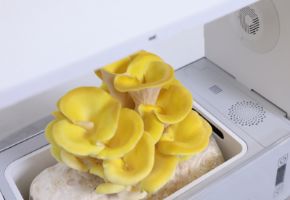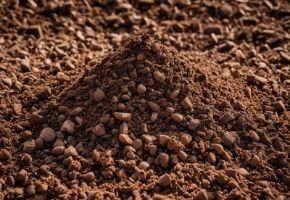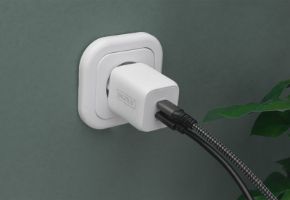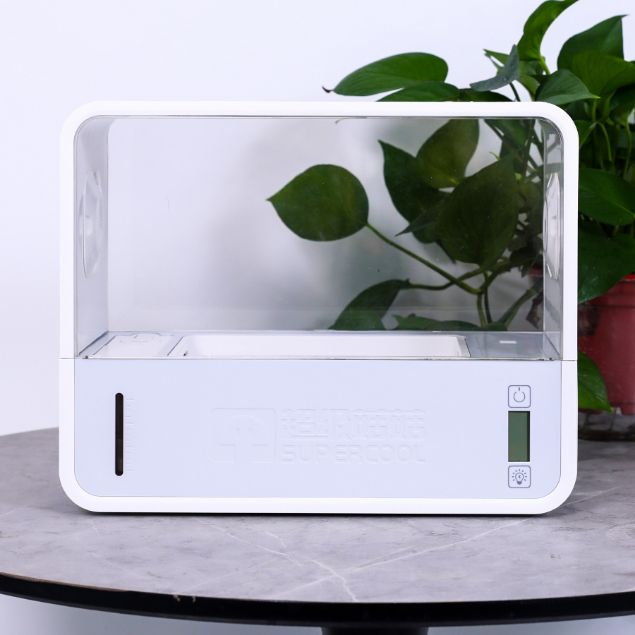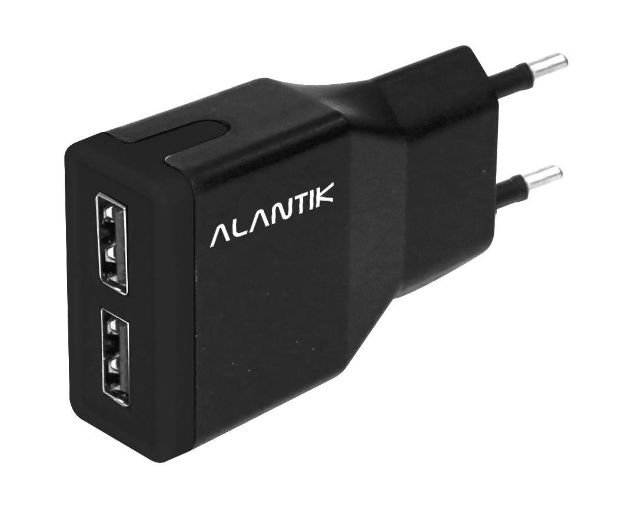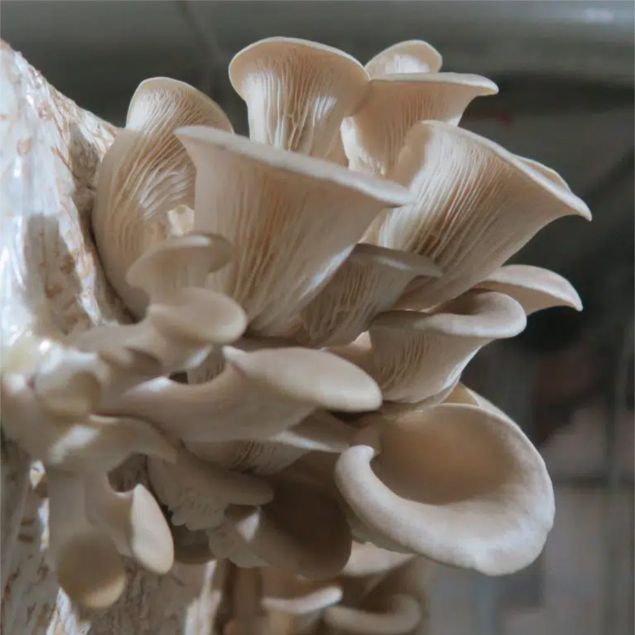Pleurotus Eryngii - Cardoncello substrate
The Pleurotus Eryngii - Cardoncello substrate allows you to easily grow mushrooms inside the Grow Box. Simply make a few cuts on the packaging and place the block inside the machine. It's the ideal product for beginners, requiring no complex sterilization or mixing of mycelium and culture soil. Let's discover its features together!
Basic information
Class: Basidiomycetes
Scientific name: Pleurotus Eryngii
Common names: Cardoncello – Carderella – Carderello – Cardolino- Ferlenga
Characteristics
Cap: fleshy, convex, then depressed in the center, involute margin, slightly velvety; whitish, then brownish; 3–10 cm in diameter. The color changes based on the climate: lighter when exposed to the sun.
Gills: whitish-gray, decurrent on the stem.
Stem: 4-10 x 1–3 cm, firm, central or eccentric, tapered at the base, whitish with ochre-rust spots.
Flesh: white, firm, and consistent.
Spore: 10-13 x 4-6 µm, white in mass, smooth, ellipsoidal.
Natural habitat
The habitat of the cardoncello extends from the Atlantic Ocean to Western Asia, passing through the Mediterranean basin and Central Europe. The cardoncello grows spontaneously in almost all of central and southern Italy. It is a saprophytic mushroom that fruits from spring to autumn on the dead roots of umbellifers or thistles; in the north of Salento, it can also be found in winter, in open fields on mixed soils with rock.
Normally, it fruits in the autumn-winter season: now with the grow-box, you can extend the maturation period, making harvests even in late spring and early summer!
Cultivation requirements
Temperature: 20-28°C for mycelium growth, 15-20°C for fruiting
Humidity: 90-95% during colonization, 80-85% during fruiting
Tips
- Growth phases: most mushrooms have two main growth phases: substrate colonization by the mycelium and fruiting (production of fruiting bodies). These phases often require slightly different conditions.
- Ventilation: besides temperature and humidity, proper ventilation is crucial, especially during the fruiting phase. It helps prevent the formation of unwanted molds and bacteria and stimulates the formation of fruiting bodies.
- Substrate: the type and quality of the substrate significantly influence growth. Each species has specific substrate preferences.
- Light: although mushrooms do not photosynthesize, many species require a certain amount of light to stimulate fruiting and determine growth direction. In this context, the Grow Box with its lighting bodies is useful for cultivation!
- pH: the pH of the substrate is another important factor. Most mushrooms prefer a slightly acidic environment, with a pH between 5.5 and 6.5. In the case of a ready-to-use substrate like this one, you don't have to worry about it as the product is already mixed and inoculated!
- Thermal shock: thermal shock can create problems in mycelium propagation or fruiting, generating molds and contaminants in the substrate, on primordia, or on the mushrooms themselves. Only some species, like Shiitake, benefit from thermal shock (temporary exposure to lower temperatures) to stimulate fruiting.
- Humidity cycles: some growers practice humidity cycles, alternating periods of high humidity with periods of slight drying, to stimulate the production of fruiting bodies. In this case, it will be sufficient to monitor the tray and display. If the temperature rises excessively and humidity drops below a certain threshold, it is recommended to temporarily turn off the lights.
- Contaminations: controlling temperature and humidity is also crucial to prevent the growth of contaminating organisms like molds and bacteria. If yellow spots or yellow liquid appear on the substrate, it means the mushroom has come into contact with a contaminant and is reacting by producing an antibiotic substance (the liquid).
- Adaptation: fungal species can slightly adapt to conditions different from optimal ones, but this can affect the yield and quality of the fruiting bodies.
- Constant monitoring: given the sensitivity of mushrooms to environmental conditions, constant and precise monitoring of temperature and humidity throughout the growth cycle is essential. Since the grow box is not only a cultivation tool but also a piece of furniture, you can always keep your mushrooms under surveillance comfortably in your living room!
Organoleptic properties
This edible mushroom is highly cultivated, appreciated, and sought after. With a sweet fragrance, it has a delicate flavor and good texture. To enjoy it at its best, it should be consumed no later than a couple of days after harvest.
Nutritional properties
The Cardoncello mushroom offers nutritional properties of particular importance: the fresh product consists of 85%-95% water, contains 4-5% sugars, 3.8-4% proteins, 0.4-0.7% fats; it also provides all essential amino acids and main vitamins, including exceptionally biotin, essential for metabolism.
Clinical studies on Pleurotus are not abundant, but some suggest effects of reducing cholesterol and blood sugars. The beta-glucan fraction contained in these mushrooms, once extracted, has anti-allergic, anti-inflammatory, and immunomodulatory effects.






